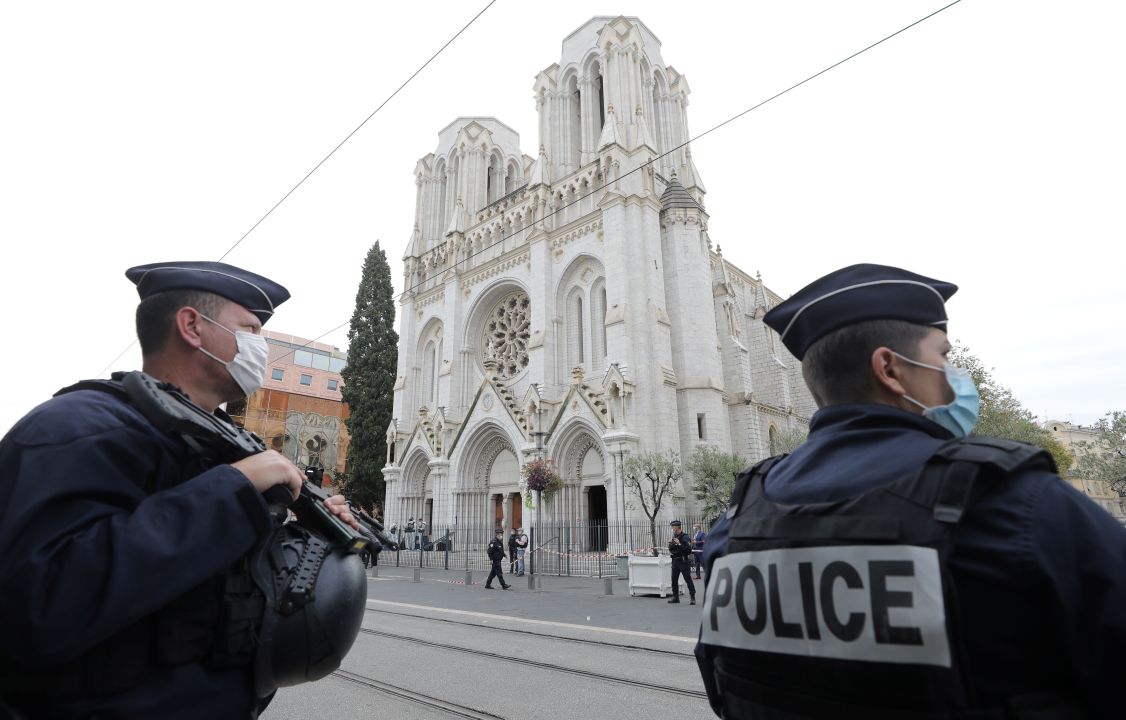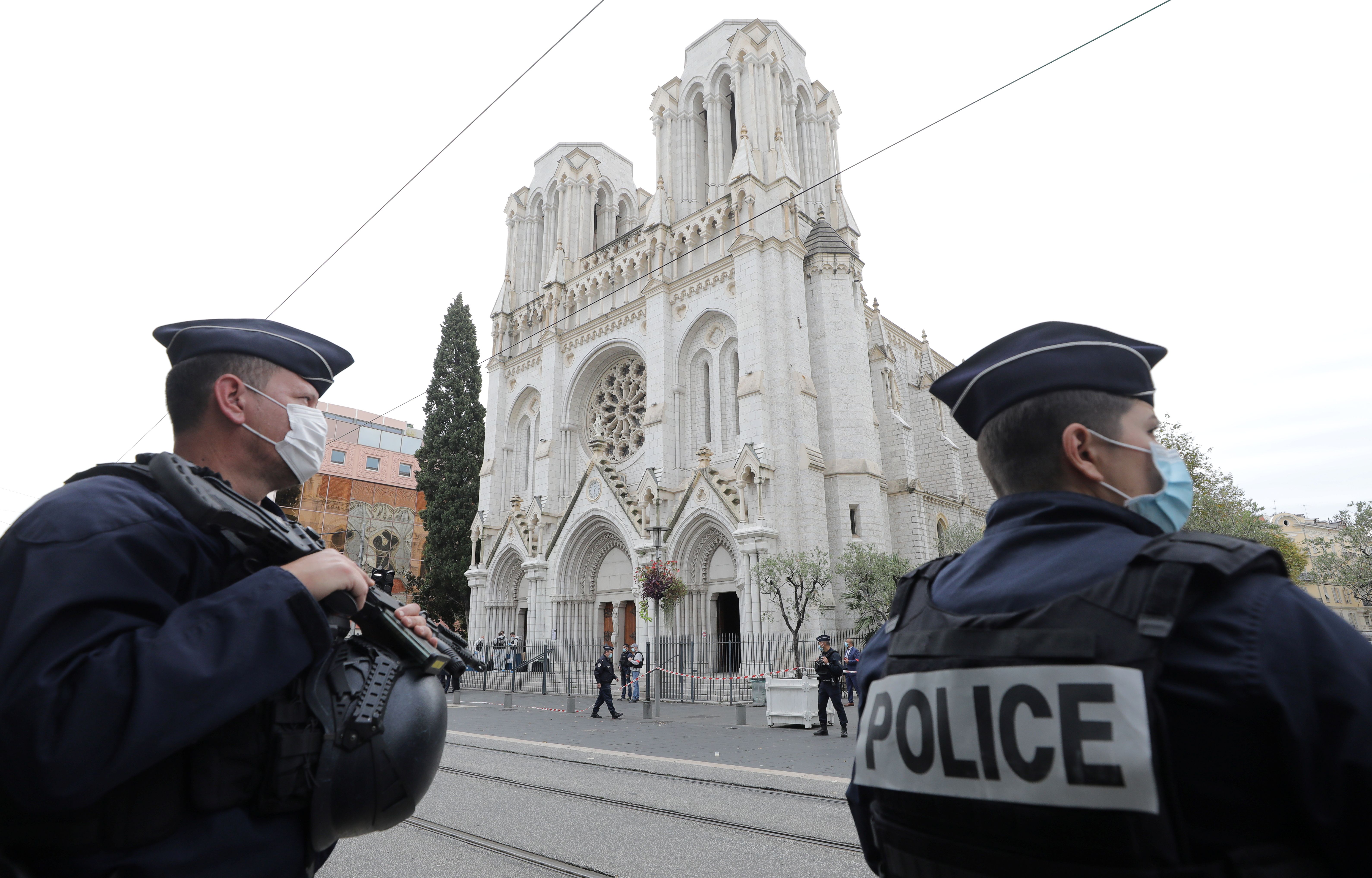France is the most rigorously secular state of the democratic world. Separation of Church and State enshrined in the famous 1905 law was the result of over a century of hostility between the Catholic Church and the French State. Mutual hostility began with the 1789 French Revolution. Until then monarchical France bathed in the glory of being recognised as the ‘elder daughter of the Catholic Church’. But the revolutionaries saw the Church, like the aristocracy, as a pillar of the old regime that had to be rooted out, often by violence. Many took their cue from the Enlightenment philosopher Diderot: ‘Men will never be free until the last king is strangled with the entrails of the last priest.’ Anticlericalism and de-christianisation of the State became features of the revolutionary tradition that has continued until today, albeit in muted form. The Islamist terror attack in Nice’s Notre-Dame – two worshippers and the church’s sexton murdered by attempted decapitation – had a remarkable effect. President Macron immediately flew to Nice and made a very significant, sober and original speech:
I want to express, first and foremost, the nation’s support for the Catholics of France and elsewhere. After the assassination of Father Hamel in summer 2016, once again Catholics are attacked in our country, threatened before All Saints’ Day celebrations. The whole nation is at their side and will remain so in order that religion can continue to be freely exercised in our country, because our country knows that. Our values are that everyone is allowed to believe or not believe, but that all religions can be practised. Today the whole nation is beside our Catholic compatriots.
Christian minorities generally have been forsaken by Western governments and their media
What is striking in this speech is that ever since the 1905 Separation, French heads of state have attempted to keep the Catholic Church at arm’s length – even in its times of crisis – as a demonstration of neutrality. After the 2016 Islamist assassination of Father Hamel as he prayed, President François Hollande – while not lacking in compassion – went no further than declaring that: ‘To kill a priest is to profane the Republic’.
Macron has gone further, putting France’s arm around French Catholics and – most significantly – Catholics abroad. Is this a breach in the tradition of rigorous state neutrality and a return to France as protector of French Catholic enclaves around the world, as was the case in the nineteenth century when they were under attack in Syria and the Lebanon?
If it is indeed Macron’s intention that France move to defending more actively Catholic minorities abroad that should be supported by other western governments. Christian minorities generally have been forsaken by Western governments and their media, unlike minorities such as Uighurs in China. Why, for instance, shouldn’t French and British development aid be tied to state recipient’s respect for Christian minorities in countries such as Pakistan or Bangladesh?
The second part of Macron’s speech was a robust defence of France’s values of free speech and laïcité – the rigorous outlawing of religion from the State sphere. But here is where France has a problem, not of values but of communication. For the very nature of laïcité is not always clear in France itself, let alone with her allies, and not at all in the wider world. The Anglosphere has a different more flexible attitude to religion that clashes with laïcité. There is no separation of church and state in Britain; the American constitution formally separates the two, but new presidents take an oath of allegiance on the Bible and dollar banknotes clearly state ‘In God we trust’.
Laïcité is a complex concept that hitherto remains remarkably Franco-French. France must explain actively abroad, in layman’s terms, its importance in French history and why and how it remains a pillar of French Republican values in practice today. Without that explanation defending French values at home and abroad from attack will continue to be a mighty struggle.








Comments